Within the project BALTIC: YOUTH: IMPACT, the Latvian Social Entrepreneurship Association together with the Baltic partners has developed Social Impact Communication Guidelines. The goal of social impact communication is to increase and scale the positive social and environmental impact. These guidelines aim to create support instruments to help employees or volunteers in youth organisations or social enterprises to communicate their social impact in an understandable, inexpensive way, thus supporting efforts towards quality and better work of youth organisations. The guidelines will help to understand, how to organise internal and external communication and how to choose the communication message.
WHAT ARE THE BENEFITS OF COMMUNICATING YOUR SOCIAL IMPACT?
Sometimes you may wonder whether the time dedicated to communicating your impact is worthwhile or maybe you have a
question, to whom you should communicate your impact. Or why do you need to invest resources to build this communication? The answer is – because the impact communication benefits an organisation in many ways.
These guidelines will serve you as an inspiration on how to communicate the social impact of your organisation or project to both internal and external audiences. If you still have doubts after reading the guidelines or you think your organisation is too small and does not have enough resources to create your social impact communication strategy, do not be afraid to start small.
It’s a good idea to start with simple steps like preparing and compiling data. By taking small steps you can gradually grow bigger and achieve great things – the more you talk about your organisation, the greater the chances of receiving more support and expanding the team in the future. The key is not to be afraid and start doing it. And you can start by checking out the guidelines below!
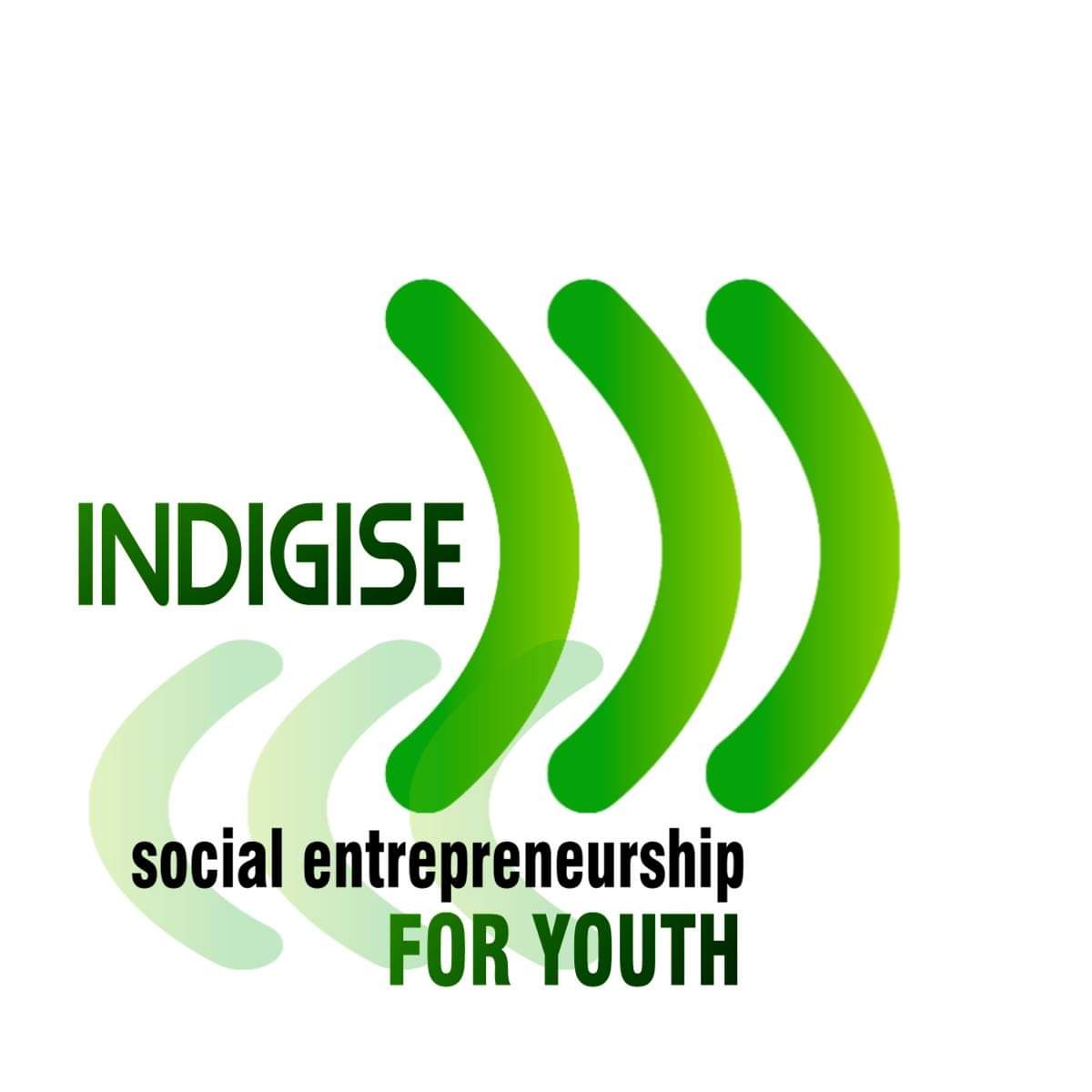

This publication has been prepared within INDIGISE project. The content of this publication is the sole responsibility of the project coordinator and may not always reflect the views of the European Commission or the National Agency.
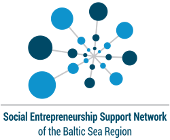
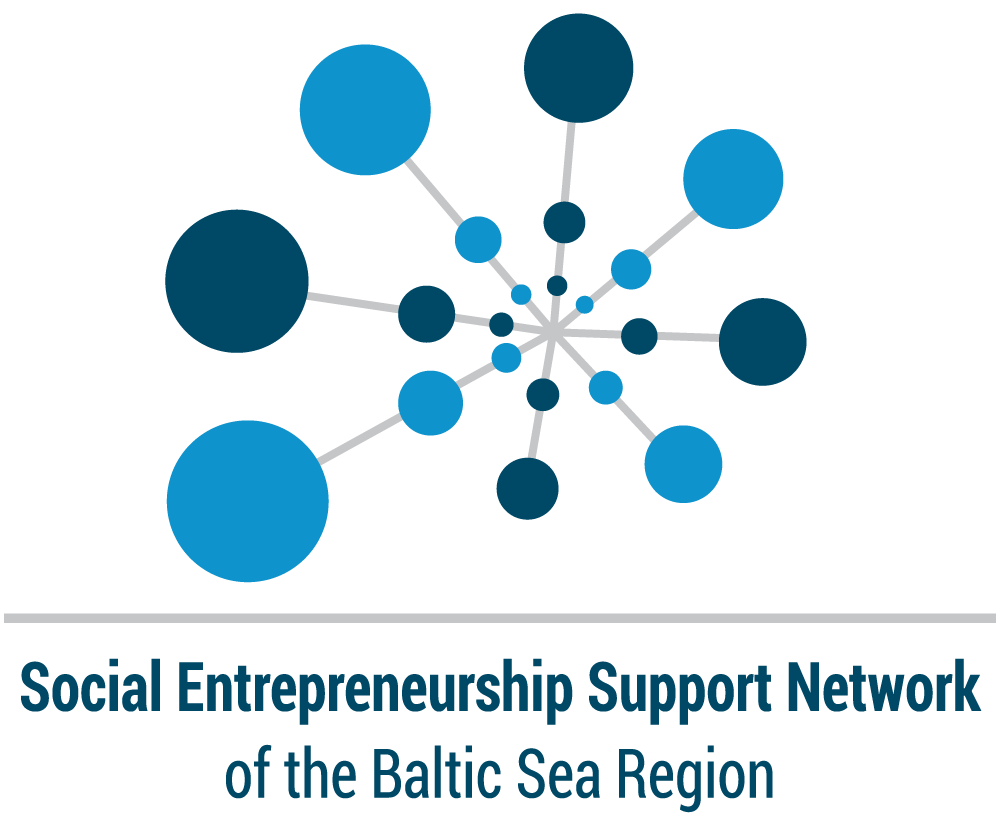

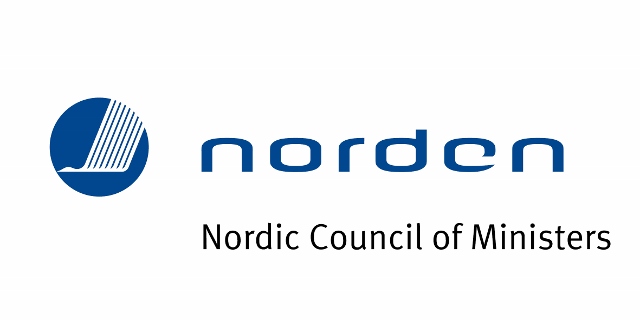


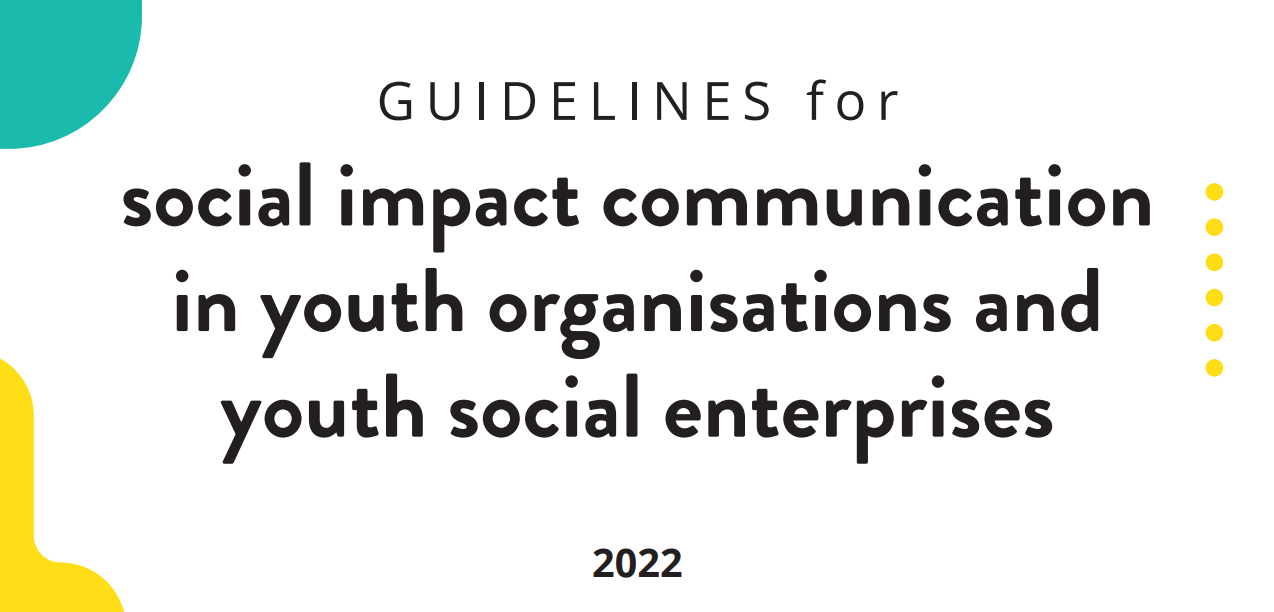
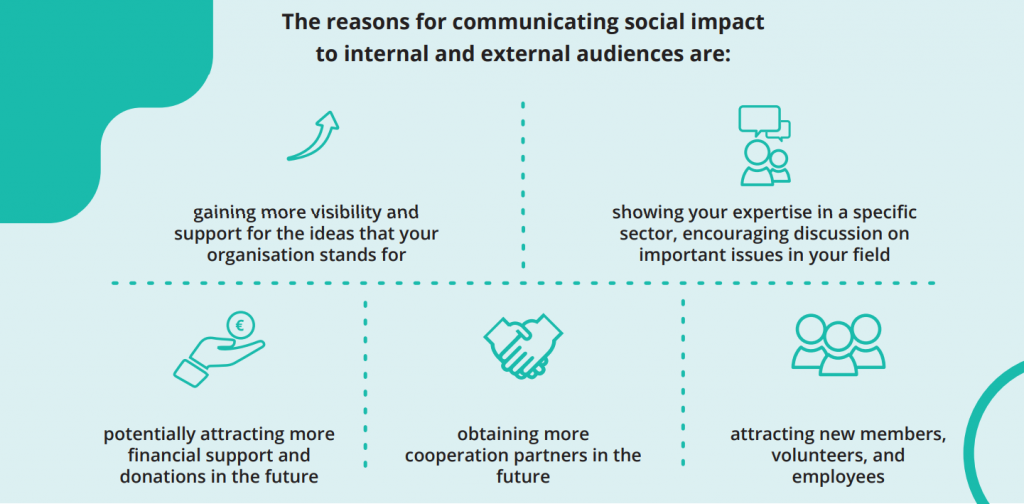
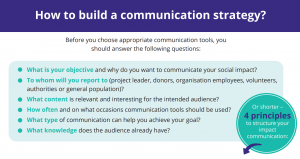
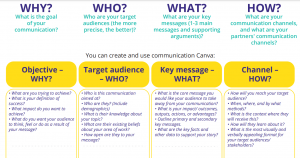



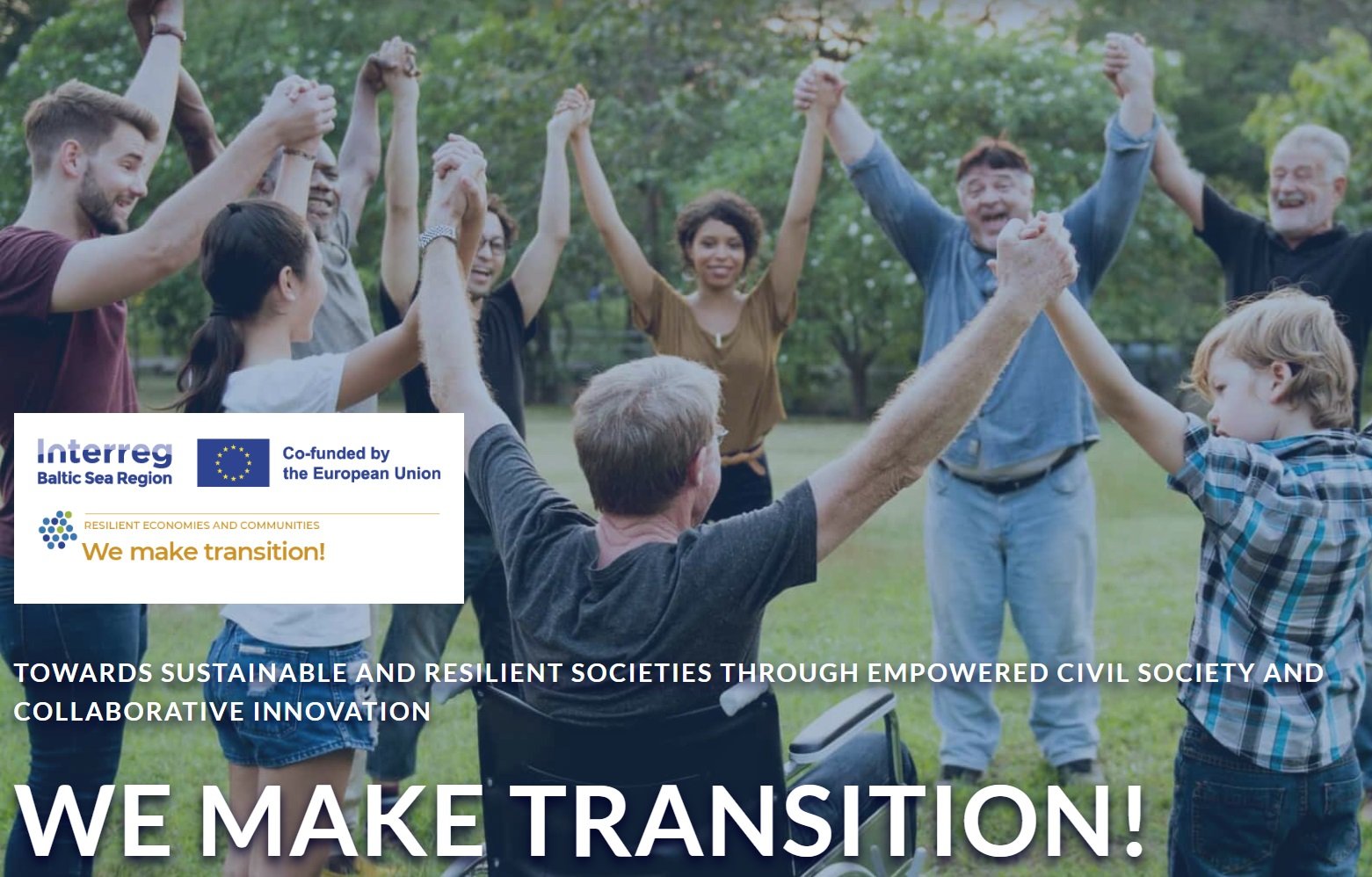
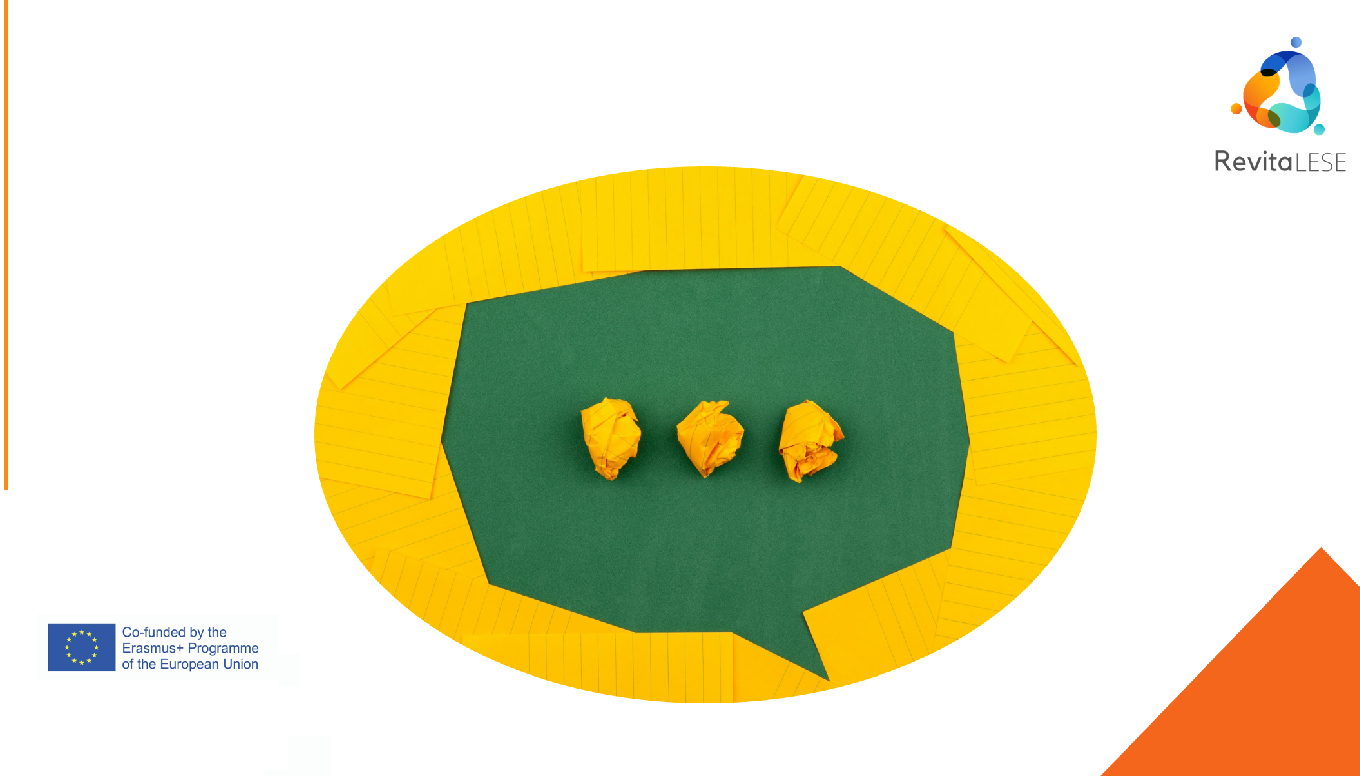

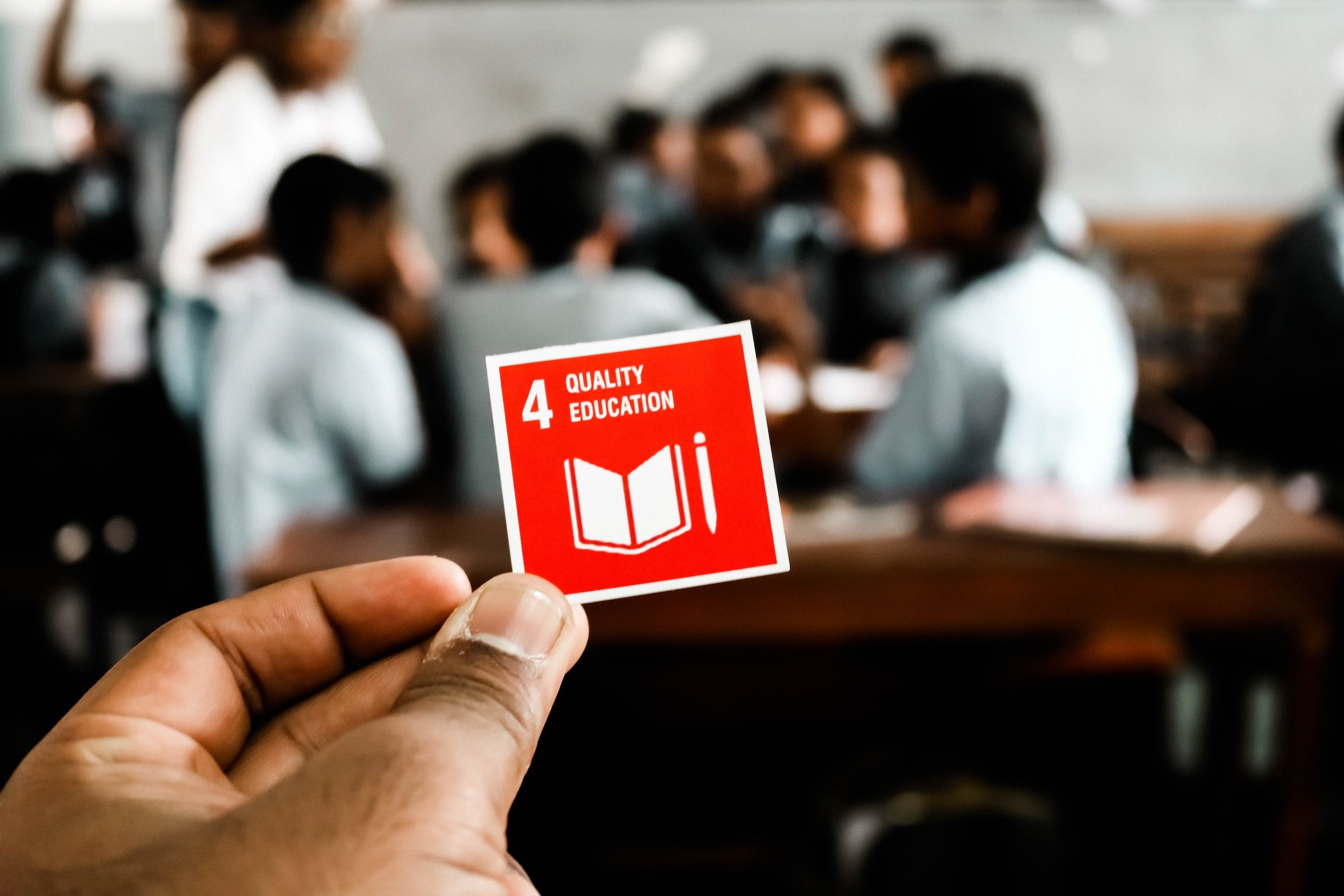
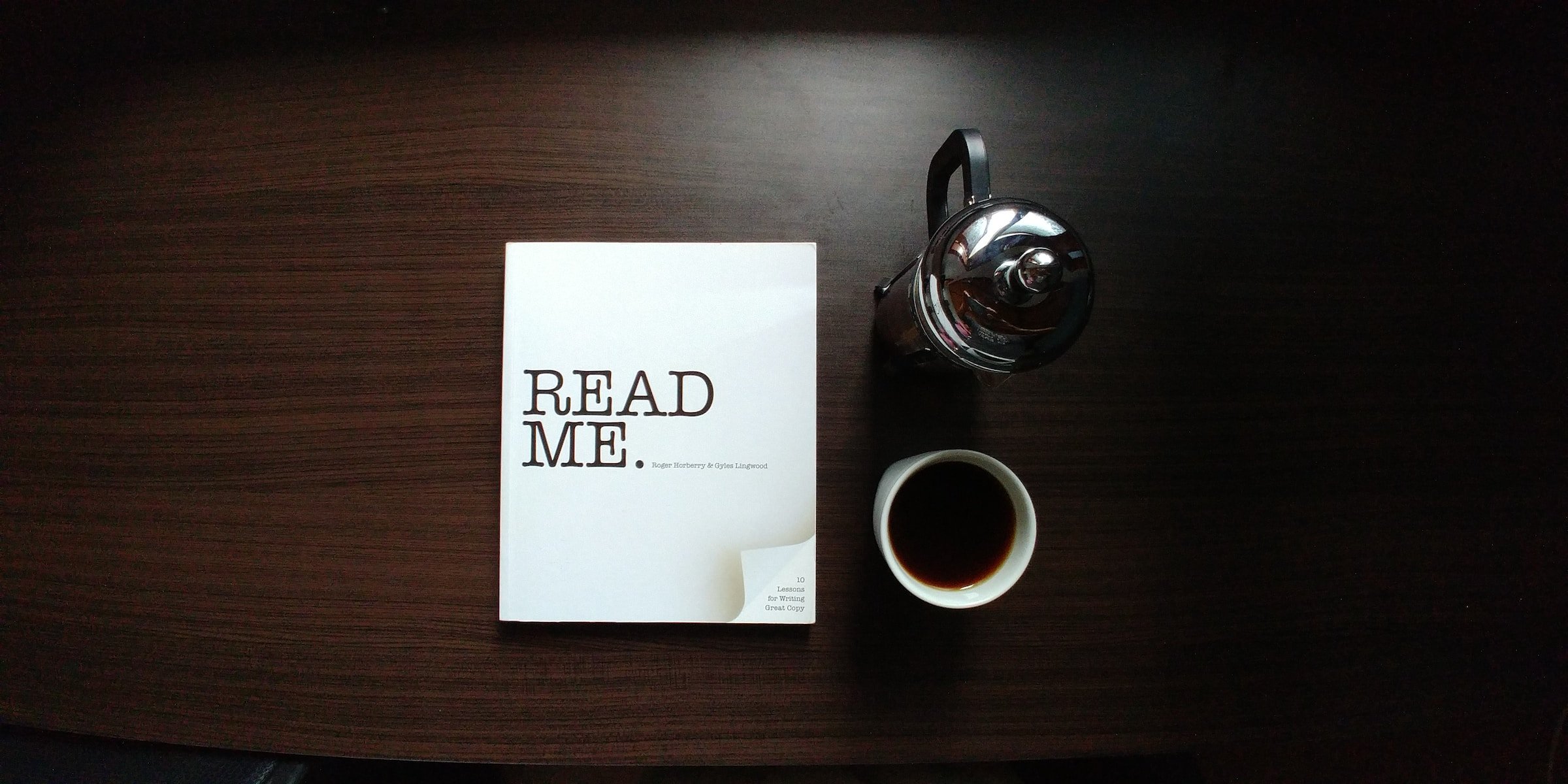

Leave A Comment